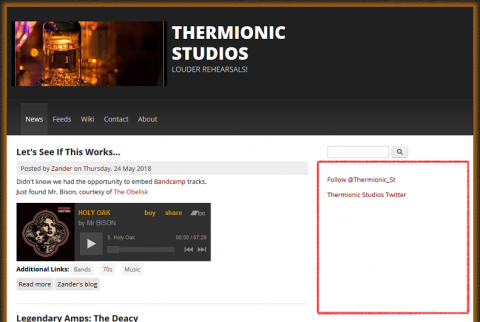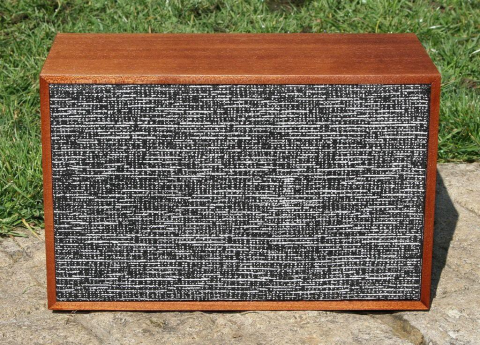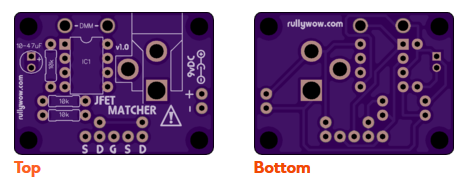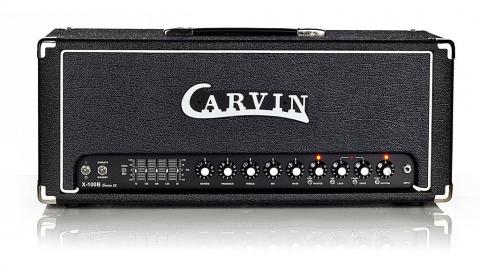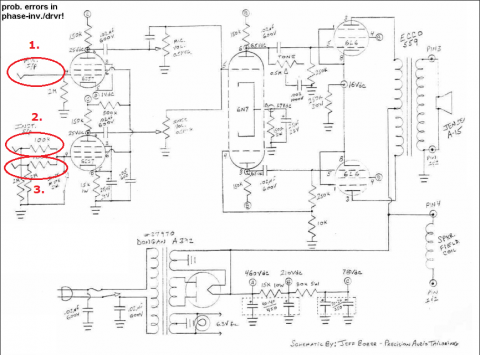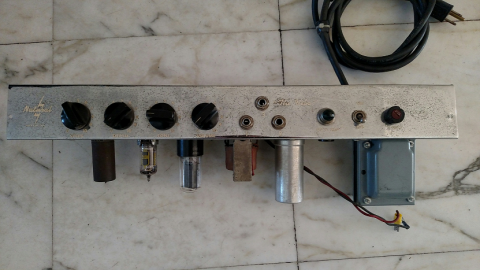Every once in a while something comes along - something strange and beautiful - something unexpected. "The Deacy" is just such an amplifier. Now, as you well know, this site is about vacuum-tube or "valve" (as the Brits say it) amplifiers. We love everything tube. We love the sound, we love feel, we love the interactivity and we love the loudness. We also love the renaissance that's occurring with both vacuum tube amps and older style out-of-manufacture pedals where the older schematics and parts are being rediscovered and re-purposed into new, and powerful, heavy music.
As we understand the story, it happened in London. It was 1972 and Queen was just coming together as a band. One night, while walking home from rehearsal carrying his bass, John Deacon walked by a "skip" (in the U.S. we would call this a dumpster) and something brightly colored (coloured?) caught John's eye. In that moment, John's curiosity got the better of him. He paused for a bit, perhaps excited about future possibilities, and went rummaging about in that skip. He found that the bright colored bits were connected to an unidentified circuit board with all the parts still on it.
This is where the pedigree of the Deacy is wonderfully esoteric. The electronics come from a country that no longer exists: Southern Rhodesia.
The parts that John had scrounged that night came from a radio built and manufactured in Southern Rhodesia in Africa. Today that country is called Zimbabwe. In the post-colonial era, Britain still had ties and influence in Southern Rhodesia. In fact, Southern Rhodesia remained a self-governed colony of Britain until 1980 when the last vestiges of British rule were thrown off and Southern Rhodesia became Zimbabwe.




